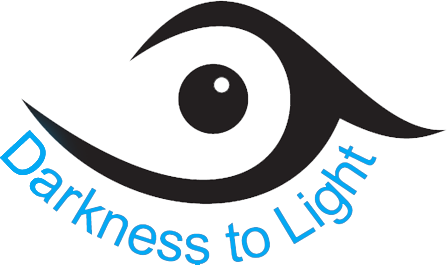Contact Lens Types
Contacts are made from many kinds of plastic. The two most common types of contact lenses are hard and soft.
Hard Contact Lenses
The most common type of hard contact lens is a rigid gas-permeable (RGP) lens. These lenses are usually made from plastic combined with other materials. They hold their shape firmly, yet they let oxygen flow through the lens to your eye.
RGP lenses are especially helpful for people with astigmatism and a condition called keratoconus. This is because they provide sharper vision than soft lenses when the cornea is unevenly curved. People who have allergies or tend to get protein deposits on their contacts may also prefer RGP lenses.
Soft Contact Lenses
Most people choose to wear soft contact lenses. This is because they tend to be more comfortable and there are many options. Here are some types of soft lenses. Daily wear contacts.
You wear these when you are awake and remove them when you go to sleep. Many are disposable, meaning that you wear a new pair of contacts each day. Or you might choose contacts that last longer and only need to be replaced once a week, every two weeks or every month. Some ophthalmologists recommend disposable daily wear contacts if you use them just once in a while.
Decorative contact lenses can lead to serious eye problems. Your eyes are very important—and very delicate. Make sure your contact lenses are medically safe and FDA-approved. Contacts are not fashion accessories or cosmetics. They are medical devices that require a prescription from an eye care professional. Non-prescription costume contacts can cause cuts, open sores and potentially blinding infections in your eyes. In addition to suffering severe pain, you may need surgery (such as a corneal transplant). In some cases, you could go blind.
Other Types of Contact Lenses – Contacts for presbyopia. Presbyopia contacts are designed to correct the normal vision problems people get after age 40, when it becomes harder to see close objects clearly. There are different options for these corrective lenses.These options include: bifocal or multifocal contact lenses, and monovision correction, where one eye wears a near vision lens and the other eye wears a distance vision lens. Bandage lenses. These contacts do not have a prescription built into them. Instead, they cover the surface of your cornea for comfort after an injury or surgery.






